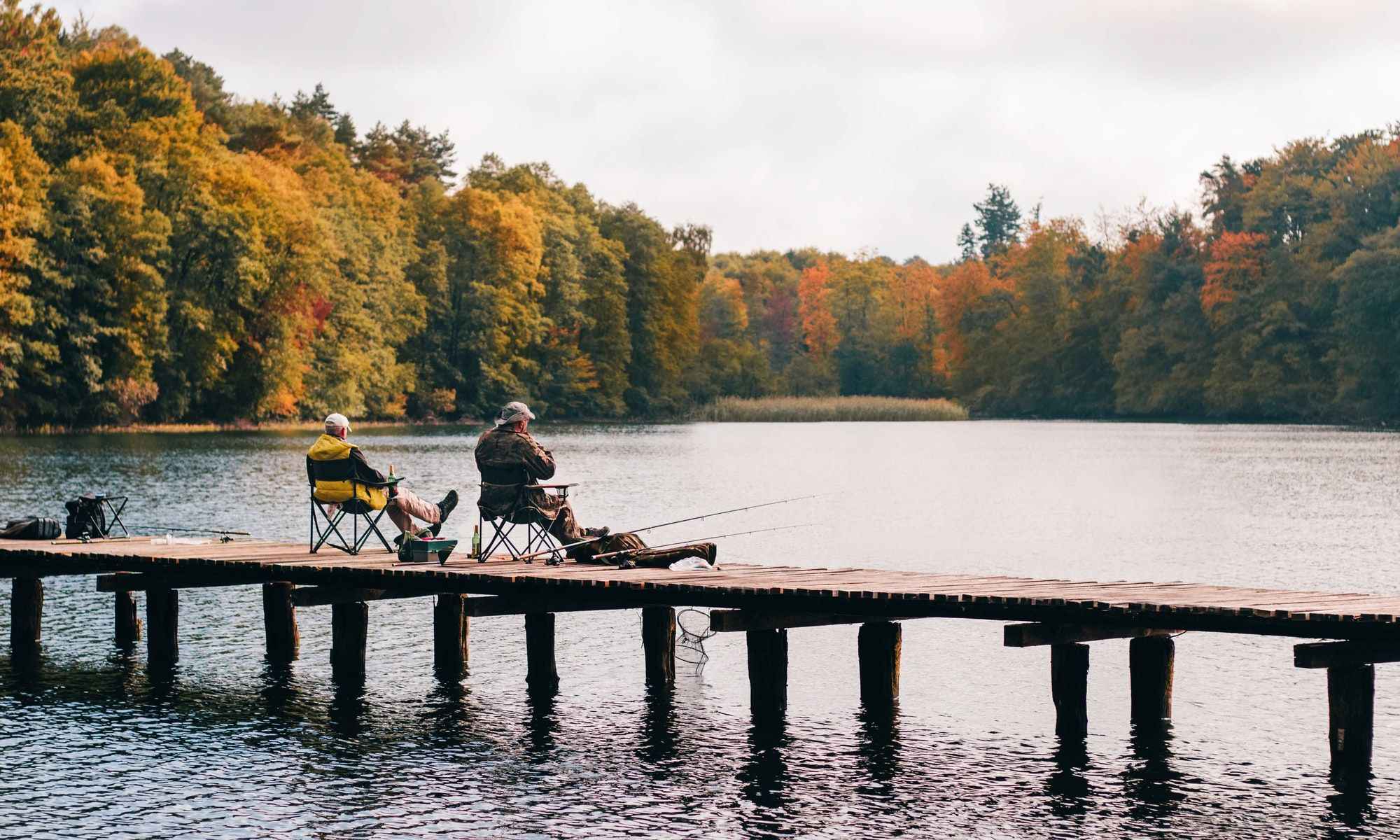Smallmouth Bass: 5 Techniques You Need to Know
Here are 5 techniques you absolutely need to know when catching smallmouth bass.

When talking about fishing in terms of a hobby or sport, bass fishing is what comes to mind. This is primarily because of a few main factors. One, different species of bass can be found across many of the United States’ bodies of water. Whether a tiny off the trail creek or Lake Michigan itself, all-year long there will be bass to catch. Another thing that makes bass fishing popular is its size and strength. The average weight of most bass can reach up to 20 lbs. Of course, this all depends on the diet and ecosystem, however, even fish in the 10 lbs. range can give a good fight. Despite being a common fish, their reputation for being tough has made them quite the prize, even holding tournaments specifically for catching bass. Finally, when going about fishing for bass, there are many techniques that can be effective in different scenarios. Bass can be receptive to different techniques depending on a number of factors including weather, ecosystem, gear used, and many more. At the very least, results may vary from person to person when trying to catch smallmouth bass.
Here are some Tips and Tricks in Catching Smallmouth Bass
Fly Fishing

Arguably an angler’s preferred method, this first technique is both the most common and advanced technique fishermen use. Unlike other fishing techniques, fly fishing heavily relies on casting. Fly fishing is the act of using artificial flies at the end of rods, in trying to get a bite. Flies are mostly used, which are made to mimic insects that bass frequently eat.
Anglers both experienced and otherwise can agree that casting is the most difficult part of fly fishing. The combination of casting using heavy lines that carry a light-weight fly, makes it difficult to master and can be tricky for a lot. For those that take the time to learn, it definitely becomes useful as many of today’s pro bass anglers rely on this technique. Those adept at bass fishing can land a fly into tight waters.

During warmer seasons, when the smallmouth bass goes deeper into cooler water, it’s best to use wet flies. As these fish can be both heavy and tough, anglers recommend using a 6, 7, or even an 8-weight rod. It is also important to use a line that can handle fish from 10 to 20 lbs. As accuracy is fly fishing’s most important feature, using a longer rod, about 8 ½ to 9 feet can be great for those looking to cast in gravely shorelines or in longer distances.
Trolling
Though not as popular for bass fishing as using flies, trolling can be very efficient. Trolling is when multiple baits, placed in the rear or sides of a boat, are pulled along at different speeds and pacing, in order to replicate moving baitfish. This technique can cover a lot of ground in a large area and can hook multiple fish at once. A few disadvantages would be the reliance on a boat, as well as not being able to target a specific fish. Another disadvantage is its reliance on a wide area when casting long lines. It’s good to know that when trolling, anglers should put an ample amount of space in between lines in order to avoid entanglement. Anglers also recommend going at a modest pace of 1.5 to 2.5 mph. There are also a couple of ways to go about trolling for smallmouth bass.
Surface Trolling
As its name implies, this type of trolling is when anglers deploy bait that follows the boat on a surface level. This technique will most likely be helpful during the cooler temperatures, as fish are more active in searching for prey. Be sure to keep the distance cast out around 50 feet away and let the lures drag. It’s also best to rock the rod back and forth in long slow motions as to mimic baitfish peeping in and out of the water.
Deepwater Trolling
Opposite the above mentioned is deepwater trolling, where bait is cast out deeper into the water. This is most effective on hotter days when smallmouth bass hide from the sun either by finding shade or moving deeper into cooler waters. Despite needing a little bit more weight in order for the bait to sink, it should not be heavy enough for the line, bait, and lures to hit the bottom of the water. Using a medium to heavy rod is also advised as they can handle the weight of everything else.
Though both types of trolling can be used at specific times, it can also be beneficial to explore sending out lines with varying depths which in turn make your lures feel more natural.
Jigging
Jigging is another fishing technique involving an artificial lure, made up of a rubber-based bait attached to a lead sinker, that’s attached to a hook. When used, a jig provides a vertical, jerky motion, unlike spinner bait. Its effectiveness lies in that most fish can be caught using jigs and it can reach a depth of 250 meters underwater. Although jigging may seem like an all-purpose fishing technique, it has its own set of drawbacks. Anglers should keep in mind that equipment used for jigging can vary a lot and can be expensive.

Most fishermen use jigging when catching smallmouth bass during fall when bass become less active in preparation for winter. Casting deeper lines will definitely help, so preparing the necessary length of fishing lines is advised. Using fish fighting belts or harnesses can also help when fighting tough fish as it acts as extra support when pulling the rod.
Knowing When to Catch Bass
Though not a specific fishing technique, it is still helpful knowing when and where smallmouth bass are likely to be found. Anglers should check for still waters as it’s their best shot in finding them. In general, the end of March up to mid-October will find bass at their most active. During the end of fall and during winter, bass are at their least active as they eat less. Most smallmouth bass will hang around clear waters like ponds, lakes, and rivers with rocky bottoms or in gravely shorelines.
Go with What Works
The beauty of bass fishing is in its variety. Though fly fishing may be the norm, there could be days where bass just aren’t taking the bait. Being able to try different ways to catch bass is fun in itself as experimentation can lead to varying results. In the end, the ability to switch it up and choose different methods of attack is a sign of an angler that’s both experienced and willing to learn.



